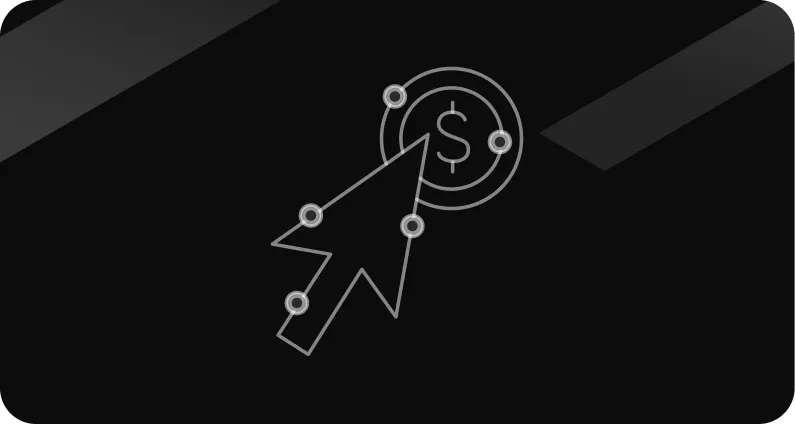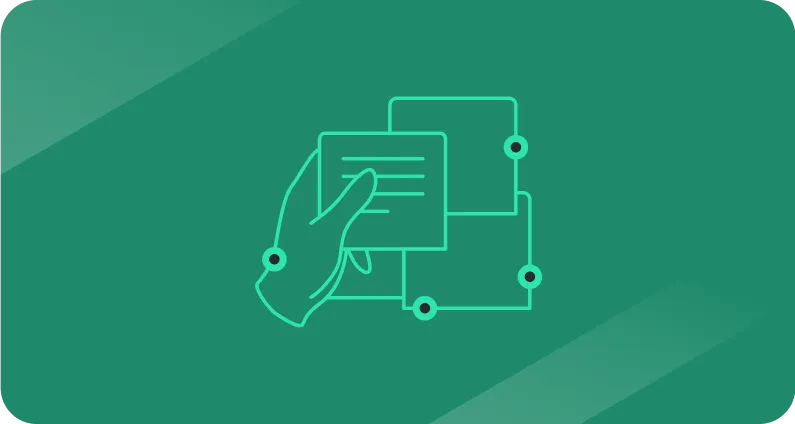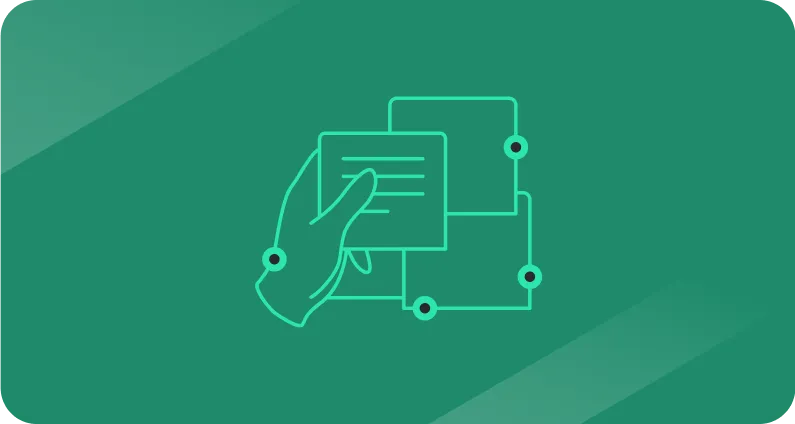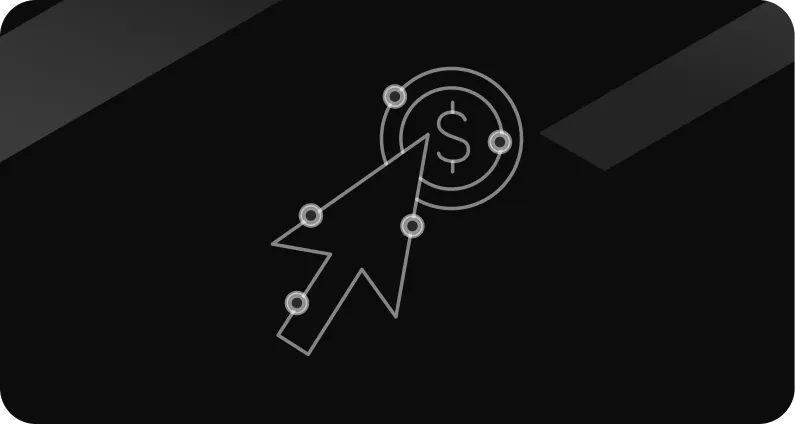State & country picklists in Salesforce: how to connect them with HubSpot

Salesforce is a powerful CRM, but it’s only as good as the data you feed it.
One of the most common issues is inconsistent address inputs, like a sales rep typing “US,” “U.S.A.,” or “United States,” causing reports to malfunction.
The fix is enabling State and Country picklists in Salesforce. These enforce consistent values and keep your database tidy.
If you’re syncing with HubSpot, there’s an extra layer of work to make sure the picklists align.
This guide shows you how to step by step.
Step 1: configure state and country picklists in Salesforce.
Start in Salesforce Setup by searching for State and Country/Territory Picklists in the Quick Find box.
Open the page and click Enable Picklists.
For each country, click Edit to configure the states you want active, then mark the default countries and territories as visible.
Once everything is in place, click Save to confirm.
Step 2: create matching picklists in HubSpot.
With Salesforce configured, you’ll need to mirror that setup in HubSpot.
Go to Settings > Properties > Contacts and create a new drop-down property for Country.
Copy the country values from Salesforce into HubSpot exactly as they appear.
Next, open Settings > Integrations > Connected Apps > Salesforce > Contacts.
Choose Add new field mapping and connect your new HubSpot field to the Salesforce Country picklist with Two-Way Sync.
Keep an eye on internal values: Salesforce often uses ISO codes (like “US” or “DE”) instead of full names. HubSpot must use those codes as internal values to keep the sync clean.
Step 3: build state picklists in HubSpot
Not every country in Salesforce comes with states or provinces. For those that do, you’ll need to create separate HubSpot picklists to match them.
In Salesforce Setup, open Configure States, Countries, and Territories.
Under Available States/Provinces, look for countries with a number in the column. Click Edit to view their state or province list, then copy those values into new HubSpot properties.
This process can feel repetitive, but it’s worth the effort. It gives users the right state options for their country without dumping an overwhelming list of irrelevant regions into a single dropdown.
Step 4: use workflows to consolidate state data
Because HubSpot doesn’t support syncing multiple picklists directly, you’ll need to roll them up into one field with a Workflow.
Create a Contact-Based Workflow with the trigger set to Country is known.
The first action should copy the Countries property into HubSpot’s default Country/Region field. This ensures Salesforce always stays up to date.
Then add an If/Then branch.
For each branch, if a country-specific state field is known, copy its value into a consolidated State/Region text field.
One catch: HubSpot limits If/Then branches to 20 per workflow. For large sets like the 50 US states, you’ll need to chain multiple branches together to cover them all.
Step 5: update your HubSpot forms
With your properties and workflows set, update your forms to start collecting clean data. Go to Marketing > Lead Capture > Forms in HubSpot and replace the default Country/Region field with your new Countries picklist.
In the form editor, open the Logic tab.
For each country that has a dedicated state dropdown, configure the logic so that selecting that country reveals the correct state field.
Rename the visible label to State/Region so users see a familiar field name, not your internal naming conventions.
Repeat this process until every country with states is covered. Once finished, publish the form and activate the Workflow. From here, you can simply clone the form for future use.
Don’t build alone
This setup works, but it’s a lot of clicking, copying, and cross-checking. If you’d rather not risk a sync error derailing your CRM, get help.
At RevBlack, we specialize in cleaning up Salesforce–HubSpot integrations so sales and marketing teams can scale without the data drag.
👉 Submit a form detailing your current project, and we’ll reach out to you.
If you want to go deeper into the Salesforce side of setup, check out Salesforce’s official guide to State and Country/Territory Picklists.
We also highly recommend you perform a quick HubSpot audit to ‘stress test’ your setup.









